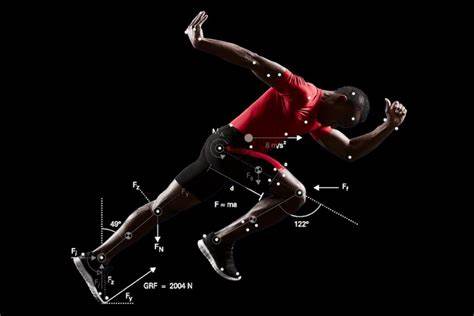The ability to click rapidly, as measured by Clicks Per Second (CPS), is a valuable skill in gaming, productivity, and other applications. But what lies behind this ability, and how can it be improved? In this article, we will delve into the biomechanics and neurological aspects of fast clicking, exploring the roles of muscle memory, hand-eye coordination, and reflexes in improving CPS.
Biomechanics of Fast Clicking
The biomechanics of fast clicking involve a complex interplay of muscle contractions, joint movements, and motor control. The muscles in the forearm and hand generate force to move the fingers, while the joints in the fingers provide a range of motion and dexterity. Understanding the biomechanics of fast clicking can help identify areas for improvement and inform training strategies.
- Muscle contractions: Rapid clicking requires the ability to generate quick, forceful contractions in the muscles that control finger movement. Developing strength and speed in these muscles can lead to faster clicking and higher CPS rates.
- Joint movements: The finger joints must move smoothly and efficiently to generate rapid clicks. Flexibility and range of motion in these joints can contribute to faster clicking.
- Motor control: The nervous system coordinates the muscles and joints to generate rapid clicks. Improved motor control can lead to more accurate, efficient clicking and higher CPS rates.
Neurological Aspects of Fast Clicking
The neurological aspects of fast clicking involve the brain’s ability to process sensory information, coordinate muscle movements, and generate rapid responses. Understanding these neurological processes can provide insights into how fast clicking can be improved.
Sensory processing: The brain receives sensory information from the hand and fingers, which it uses to coordinate clicking movements. Enhancing sensory processing can improve hand-eye coordination and clicking accuracy.
Motor planning: The brain generates a motor plan to control the muscles and joints involved in clicking. This plan is continually updated based on sensory feedback, allowing for adjustments to be made during fast clicking.
Reflexes: Rapid clicking involves the activation of reflexes, which are automatic responses to sensory input. Developing faster reflexes can lead to quicker reaction times and higher CPS rates.
The Role of Muscle Memory, Hand-Eye Coordination, and Reflexes in Improving CPS
Muscle Memory: Muscle memory refers to the brain’s ability to remember specific muscle movements, allowing for improved performance and efficiency with repeated practice. By practicing fast clicking techniques, individuals can develop muscle memory that enables them to click more rapidly and consistently.
Hand-Eye Coordination: Hand-eye coordination is the ability to synchronize visual input with hand and finger movements. Improved hand-eye coordination can lead to more accurate and efficient clicking, contributing to higher CPS rates. Training activities that target hand-eye coordination can help individuals develop this skill.
Reflexes: Reflexes are automatic, involuntary responses to sensory input. Faster reflexes can result in quicker reaction times, allowing for higher CPS rates. Reflexes can be improved through practice and training activities that target reaction speed.
Conclusion
The science behind faster clicking lies in the complex interplay of biomechanics, neurology, and the development of specific skills such as muscle memory, hand-eye coordination, and reflexes. By understanding these processes and incorporating targeted training activities, individuals can work to improve their CPS and unlock their full potential in gaming, productivity, and other applications.





























